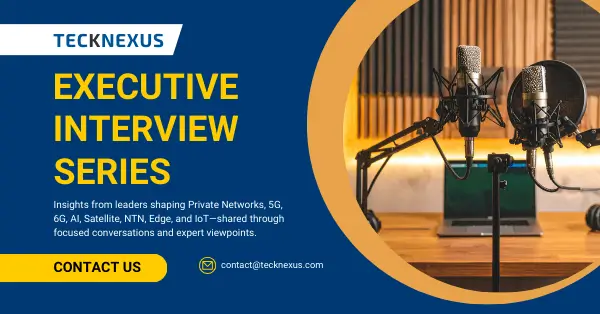- short
- November 27, 2025
- Hema Kadia
Thiess is advancing digital mining with a custom-built private LTE network, implemented by Aqura Technologies. This network supports autonomous haul trucks and drills, ensures safety and uptime in extreme conditions, and empowers field teams with real-time data and collaboration tools. Looking ahead, Thiess is preparing to adopt 5G and IoT























